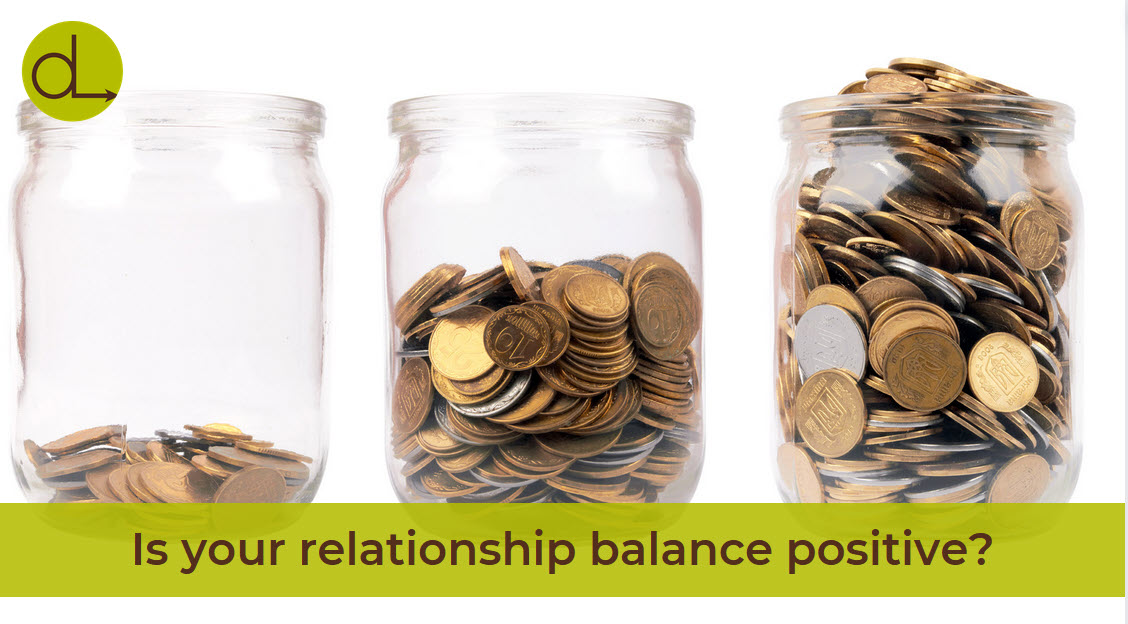It’s a rainy, gray Tuesday morning. I’m downtown observing a weekly meeting at a marketing agency where I’m coaching their leadership team.
“So do you think you can get me the logo design for the client by the end of the week?” asks Emma. As the account manager in charge of the project, she’s feeling anxious to finish the meeting and get on with her tasks for the day.
Sara, the graphic designer, averts Emma’s eyes, unsure of what to say.
“Sure,” she mumbles, half-heartedly. “But what’s the point if you’re just going to redo it anyway?”
This is a good example of what can happen when trust breaks down on a team. Emma is well-intentioned, but doesn’t trust Sara to create a logo that’s up to the client’s standards, so she usually changes the logos Sara designs. Sara feels like Emma doesn’t trust her and thinks her contribution doesn’t matter, but she doesn’t feel comfortable enough to tell her.
A team dynamic like this can persist for some time, but eventually relationships break down in the absence of trust. This is the first dysfunction of a team identified by Patrick Lencioni in his book “The Five Dysfunctions of a Team.”
The Emotional Bank Account
When we coach teams, we often explore the concept of an emotional bank account to explain why trust matters so much to maintaining healthy dynamics in their team.
The term “emotional bank account” was first coined (pun intended!) by Stephen Covey in “The 7 Habits of Highly Effective People” as a metaphor for investments made in relationships that build the amount of trust over time, similar to how deposits build your financial bank account over time. It can be applied to all types of relationships, but for the purposes of this article we’ll be applying it to the workplace.
Every relationship has a “balance.” You can have a positive balance, which means you’ve built up a lot of trust and the relationship feels solid. You can have a neutral balance, which either means the relationship is new, or that you neither trust nor distrust each other. Or you can be in the red, which means breaches of trust have happened, and there’s probably tension between you.
To be clear, this isn’t about coming up with an arbitrary number. To return to our earlier example, Emma couldn’t say to Sara: “You have a balance of -$752.92!” The emotional bank account is more useful on a conceptual level as a way of illustrating the amount of trust in a relationship from moment to moment.
Deposits and Withdrawals
Taking the metaphor one step further, we can choose to either deposit or withdraw from our emotional bank accounts at any given time. Deposits might include things like saying thank you for a job well done, taking responsibility for mistakes, or finishing projects on time. Conversely, actions like missing deadlines, interrupting, or multitasking while speaking are all examples of withdrawals.
Deposits and withdrawals can vary significantly in magnitude. For example, finishing a huge project to a high standard will likely count for more than one brief “thank you” at the end of a meeting. Sometimes people perceive different deposits and withdrawals in different ways as well. For example, I value punctuality and collaboration particularly highly, so those traits go further in building trust with me than they may with other people.
If deposits build your emotional bank balance and withdrawals take from it, you might think it’s advisable to engage in as many deposit actions as possible. This is true because you’ll build trust over time. However, if you’re human, you’ll inevitably make a few withdrawals in the relationship – when you say the wrong thing to a colleague or miss a client deadline. But when you’ve already worked to build the bank account, that withdrawal doesn’t put you in the red or have as much of an impact as when you’re at a negative balance. (Think about who you cut a little more slack when they mess up. Chances are it’s the person you have a higher trust with.)
Core Workout
Would you like to build your emotional bank account? It’s not something you can do overnight, but it is possible over time with deliberate practice. You can start today with the following core workout.
- Pause: Reflect on an important relationship.
- Think: Consider what the current balance is in the emotional bank account. What type of depsit could be made?
- Act: Take an action that increases the trust and builds the emotional bank account!
And remember: trust begets trust. So the more you deposit into your emotional bank accounts, the more likely it is that your colleagues will do the same. Maybe consider it compound interest!



